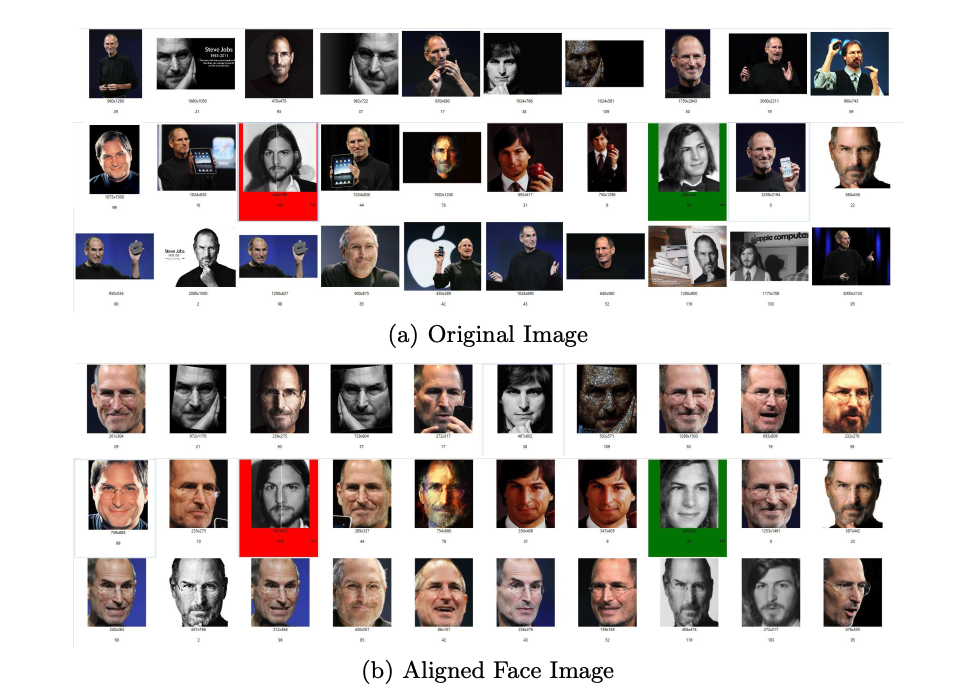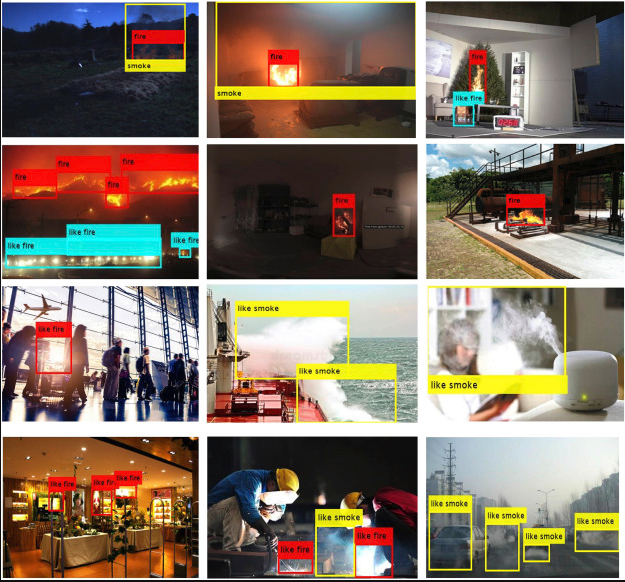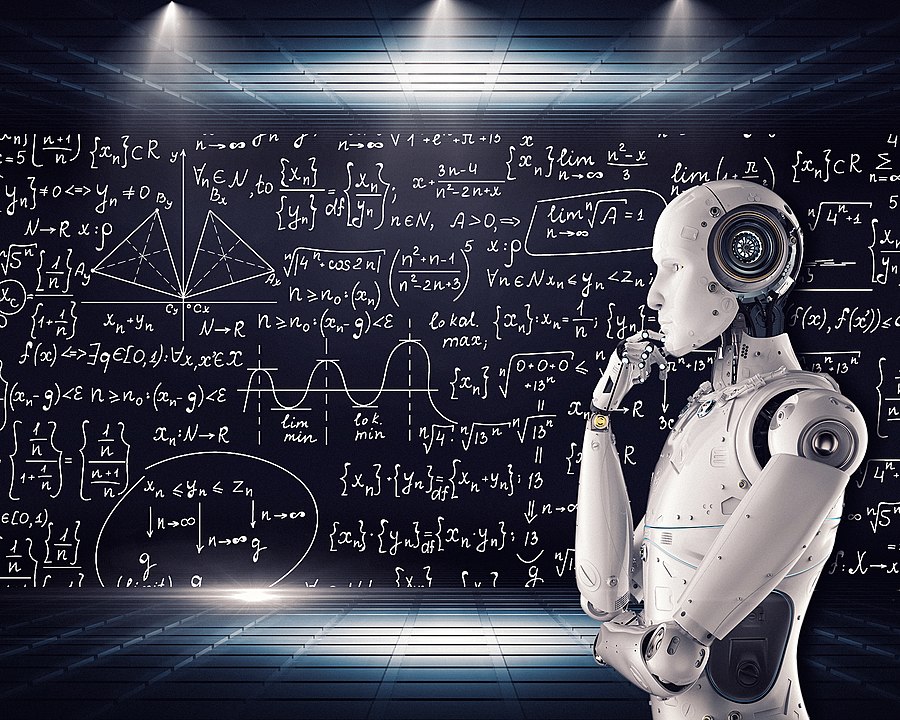Innovation is pushing technological boundaries in the fast-evolving realm of artificial intelligence (AI). The saying “data is the new oil” holds particularly true here. Every AI breakthrough relies on a diverse dataset. This dataset forms the foundation for training and refining machine learning models. AI algorithms have an insatiable appetite for data. This has revealed a crucial fact: gathering extensive and comprehensive datasets is now fundamental for boosting AI systems to unparalleled performance levels.
In essence, AI’s proficiency depends on its learning material. Whether it’s image recognition, natural language processing, autonomous driving, or medical diagnosis, the effectiveness of AI models depends on exposure to large amounts of data. A limited dataset results in constrained AI systems. They struggle to adapt to new scenarios and become prone to making errors in predictions.
This truth is especially evident when examining two complex AI applications: human recognition and wildfire detection. While both involve training AI models to perform specific tasks, they operate in vastly different contexts and present unique challenges. This comprehensive exploration will delve into the intricacies of training AI for human recognition and AI to detect wildfires from ground-based cameras and satellites. We will examine which task is more difficult, which is more complex, and the varying data requirements for each, offering a deep understanding of the intricacies within these domains.
The Intricacies of Acquiring Data for AI: A Comparative Analysis
Acquiring Data for Human Recognition
Human recognition, a fundamental aspect of AI applications, involves training models to distinguish and identify individuals from images or videos. This domain has witnessed remarkable advancements, primarily due to the abundant availability of datasets like MS-Celeb-1M and LFW, comprising millions of labelled images. These datasets cover a wide spectrum of demographics, poses, lighting conditions, and facial expressions, enabling AI models to generalize and recognize humans effectively.
 Examples (subset) of the training images for the celebrity with entity key
Examples (subset) of the training images for the celebrity with entity key
m.06y3r (Steve Jobs) Source: https://www.microsoft.com/en-us/research/wp-content/uploads/2016/08/MSCeleb-1M-a.pdf
The Role of Deep Learning in Human Recognition
Deep learning, a subset of machine learning, has been crucial in advancing human recognition. Convolutional neural networks (CNNs), a type of deep learning architecture, have transformed image analysis. They learn features from images, allowing AI systems to identify complex patterns and features that traditional algorithms struggled with. These networks excel in tasks like facial recognition. They grasp hierarchical features representing different levels of abstraction, such as edges, textures, and facial components.
Challenges in Data Diversity and Bias
While these datasets bring diversity, they also introduce biases. Some groups might be overly represented, making models less accurate for underrepresented demographics. Furthermore, privacy and consent concerns arise due to the sensitive nature of facial recognition technology.
The Crucial Role of Data in Wildfire Detection
Conversely, wildfire detection comes with its own challenges. Creating AI systems that accurately distinguish between smoke, dust, haze, mist, and fog requires extensive datasets with varying environmental conditions. Unlike human recognition, wildfire detection datasets are rare due to the infrequency of wildfires and the complexities involved in capturing real-world fire scenarios. This rarity makes it hard to train AI models to detect the subtle differences signalling a wildfire’s onset. Overcoming this obstacle demands a strategic approach to dataset collection and curation.
The Role of Deep Learning in Wildfire/Bushfire Detection
In the field of wildfire detection, deep learning algorithms have become vital for processing and analyzing complex data, crucial for accurate predictions. Convolutional neural networks, known for their prowess in image analysis, are used to spot patterns that indicate wildfires, like smoke plumes or heat signatures. These networks pick up subtle visual cues not easily noticeable to humans. This enables quick differentiation between normal atmospheric conditions and potentially dangerous wildfires.

Flow chart of image fire detection algorithms based on detection CNNs Source: Pu Li and Wangda Zhao via https://www.sciencedirect.com/science/article/pii/S2214157X2030085X
Complexity Unveiled: Dissecting the Challenges
Challenges in Human Recognition Data – Biases and Privacy
Although gathering data for human recognition might seem simple, it’s intricate on closer examination. Diverse human appearances, effects of aging, changing lighting, and obstructions demand massive, varied datasets. These enable AI models to reliably recognise individuals across different scenarios. Despite data abundance, addressing biases and maintaining privacy in large-scale human recognition datasets remain critical concerns.
To mitigate biases, attempts are being made to balance datasets, ensuring fair representation of all ethnicities, ages, and genders. Also, privacy concerns have prompted techniques like differential privacy, protecting individual data while enhancing overall dataset quality.
Challenges in Wildfire Detection Data – Distinguishing Atmospheric Conditions
Wildfire detection presents a distinct set of complex challenges compared to human recognition. AI systems need training to differentiate subtle atmospheric variations, like the unique spectral traits of smoke versus haze or fog. These differences, often invisible to the human eye, demand specialized data tools and careful labeling (annotation). Moreover, the infrequency of wildfires restricts available datasets, leading to inventive solutions like data augmentation and synthetic data generation. These methods enhance model resilience.

Image fire detection samples. Source: Pu Li and Wangda Zhao https://www.sciencedirect.com/science/article/pii/S2214157X2030085X
Implications and Future Prospects
Ethical Implications
Both human recognition and wildfire detection have ethical implications. As AI models grow more capable, concerns about privacy violations and potential misuse intensify. Striking a balance between technological progress and safeguarding individual rights is a central challenge in both fields.
Transparent and responsible data practices are vital to tackling these ethical worries. In human recognition, companies ensure user consent, provide data usage information, and incorporate features for user data control. In wildfire detection, transparent communication regarding data collection methods, anonymisation practices, and AI-driven insights is essential for building public trust.
Technological Progress
Despite data scarcity in wildfire detection, ongoing technological strides offer promise. Collaborations involving environmental agencies, remote sensing technologies, and IoT device integration are gradually improving data availability. These efforts align with the broader goal of leveraging AI for the greater good, underscoring the interconnectedness of technological innovation and data accessibility.
In human recognition, advances in generative models and transfer learning have led to sturdier models needing less data. Techniques like few-shot learning and meta-learning are pushing AI’s boundaries in achieving remarkable results with limited training examples.
exci’s Pioneering Role in Wildfire/Bushfire Detection
exci is at the forefront of wildfire detection with its cutting-edge AI models. These models are based on deep machine learning algorithms, trained on a massive dataset: over one billion camera images and more than 500,000 satellite images, resulting in unmatched accuracy and speed. These models have proven their worth in long-term, large-scale deployments.
exci’s Remarkable Achievement in the Californian Fire Season
In the Californian fire season of 2020/21, exci stood out. The system covered an incredible 130 million acres, utilising 1,000 cameras, stretching from Mexico to Canada. Notably, 66% of the fires were detected within a minute, 95% within five minutes, and nearly 100% within ten minutes, all with an impressively low false positive rate.
exci’s Advances in Wildfire Detection in Australia
In Australia, exci’s system monitors an expansive network that spans over 25 million acres, extending from Victoria to Northern Queensland.
Since the system’s launch, we have successfully identified an impressive 110,000 fires and counting.
Through our team’s unwavering dedication to excellence, we have substantially improved the efficiency and accuracy of our system. By reducing the average detection time to just one minute, we have not only transformed the wildfire detection landscape but have also set a new standard for rapid response and mitigation.
Training AI for Wildfire Detection vs Face Recognition: Which Is More Complex?
In the intricate world of artificial intelligence, teaching AI to differentiate atmospheric conditions like smoke, fog, haze, dust, and mist proves a tougher challenge than even the complexities of face recognition. Several factors contribute:
Subjective Nature: Atmospheric conditions share traits like altered lighting and reduced visibility. These can change due to weather and location, making consistent differentiation criteria challenging.
Subtle Visual Cues: The task involves spotting nuanced variations in color, contrast, and texture. These cues are elusive for traditional computer vision methods, making accurate detection hard.
Limited Labeled Data: Unlike face recognition, getting extensive labeled data for atmospheric conditions is challenging. Varied environments and precise annotation add to the data scarcity.
Lack of Contextual Info: Face recognition benefits from contextual cues. Atmospheric images often lack these, making the task complex for AI models.
Absence of Clear Markers: Faces have distinct defining characteristics but atmospheric conditions lack these. Pattern recognition and feature extraction become more intricate.
Varied Applications: Different applications like transportation safety and environmental monitoring complicate things due to changing lighting, weather, and factors.
Limited Research: While face recognition is mature, atmospheric condition distinction is new. Fewer models, datasets, and research exist.
In essence, training AI to distinguish these atmospheric nuances is a complex journey. Both human recognition and atmospheric condition distinction have challenges. Yet, due to shifting traits, scarce data, and unclear markers, atmospheric condition distinction is a bigger AI challenge.
Conclusion: Navigating the Seas of AI Data Challenges
In the realm of AI advancement, data stands as the linchpin for groundbreaking progress. Comparing human recognition to wildfire detection underscores the intricate interplay of data availability, complexities, and unique challenges within each domain. While both rely on extensive datasets, training AI to differentiate between smoke, fog, haze, mist, dust, and fire proves more formidable than human recognition. Timely fire detection’s critical importance, with its potential to save lives and mitigate environmental and economic impacts, heightens the urgency to overcome these challenges.
exci’s pioneering work in wildfire detection shines as a beacon of progress. Using a deep machine learning model trained on a diverse dataset of over 1 billion camera images and 500,000 satellite images, exci achieves impressive accuracy and speed in wildfire detection. Spanning 130 million acres from Mexico to Canada and 25 million acres in Australia, their system demonstrates real-world effectiveness.
In the context of wildfire detection, the adage “data is the new oil” holds great significance. A more extensive and comprehensive dataset for training AI to discern subtle fire indicators from natural phenomena strengthens the early wildfire detection system. Overcoming data challenges and fostering ethical data practices pave the way for AI-driven solutions that transcend limits, protect lives, and mitigate wildfire impacts. The journey to unleash AI’s potential persists, knowing that conquering the data challenge is key to a safer, sustainable future.
The path is tough, yet the promise of fully harnessing AI carries both responsibility and possibility. Embarking on this journey, we grasp that today’s gathered and curated data forms AI’s foundation tomorrow.
by Gabrielle Tylor
exci
11 August 2023
Updated on 10 April 2025
Want to know more about Using Deep Learning to Detect Wildfires?
Check out the following blog post:

